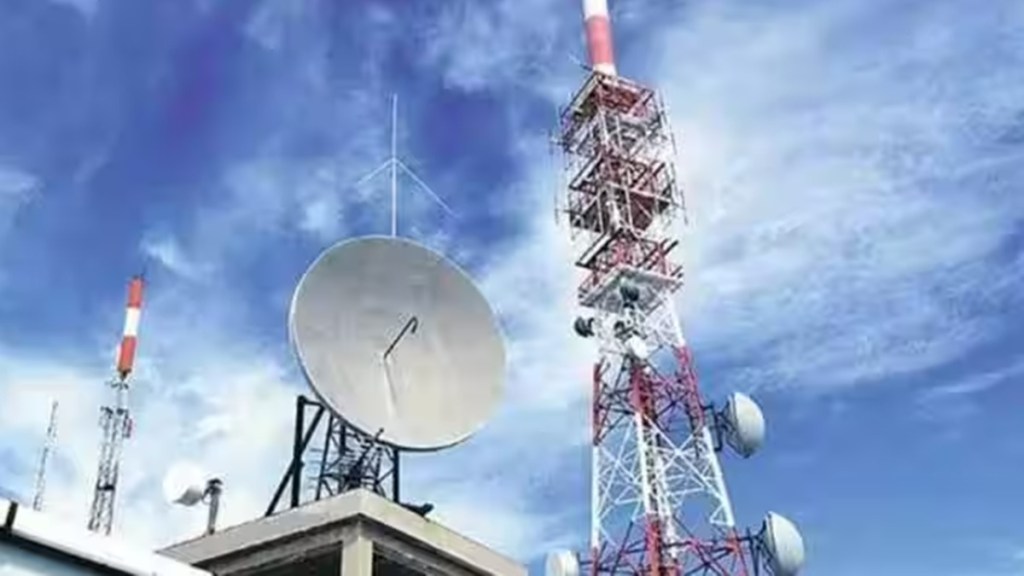Reiterating their position on over-the-top (OTT) companies, such as video streaming and messaging platforms, contributing to the rising network infrastructure costs, the Cellular Operators Association of India (COAI) stated on Thursday that telecom operators’ infrastructure spending has surged by over 59% in the last three financial years.
The surge in capital expenditure over the years was largely driven by disproportionate data traffic from large traffic generating (LTG) platforms, including OTTs, COAI said.
COAI, representing major telecom operators like Bharti Airtel, Reliance Jio, and Vodafone Idea, stated that the infrastructure spending of telcos as of March 2021 end was at Rs 46,532 crore, and the same rose to Rs 73,922 crore at the end of financial year ended March 2023.
“Post pandemic in 2021 the restrictions eased, and the network rollouts started in right earnest to match the already continuously rising data traffic. This also factored in part payments for spectrum acquisition through auctions,”
COAI highlighted that the additional cost of rollout of infrastructure to carry the aggregated data, causes a burden on infrastructure provision, but without any return on investment.
COAI also pointed out that the additional traffic is primarily generated by LTGs, which do not contribute to the increased quality and scope of infrastructure.
Comparing with the pre-OTT era, COAI stated that telecom operators’ infrastructure spending showed a declining trend from 2012 to 2014, with a decrease from Rs 31,432 crore in FY12 to Rs 26,341 crore in FY14, a fall of 16.2%.
Industry estimates revealed a significant rise in data usage per subscriber per month, reaching 18.4 GB in June 2023 compared to 8.7 GB in 2018.
“Putting the entire burden on the TSPs is neither sustainable, nor prudent…The best solution is for an equitable share of these costs to be borne by the 4-5 LTGs responsible for the disproportionate traffic growth,” COAI said.
Of the five models analysed by COAI in its whitepaper that will resolve their issue of getting burdened by increase in data traffic, the association recommended a model that keeps MSMEs (micro, small, and medium enterprises) and startups out of the ambit of fair-share, but includes that only 4-5 LTGs contribute to the cost.
“This is a feasible option and addresses all concerns of various parties – that is net neutrality, double dipping and others. Hence, this appears to be the most preferred option,” COAI said.
One of the arguments presented by COAI is that while telecom operators charge only the consumers for network access, LTG platforms enjoy a dual revenue advantage, charging both advertisers and consumers in various business models.
“This disparity between the investments made by TSPs (telecom service providers) and the causative benefits reaped by LTG platforms is becoming increasingly evident in the rapidly evolving digital landscape,” COAI said in the whitepaper.
On the other hand, tech companies have been objecting to the argument by telcos saying that OTT players are not pushing the network infrastructure costs of telecom companies. The Broadband India Forum, which represents big tech companies, has argued that the telcos’ own customers are generating additional traffic because they want to use these apps, due to the benefits that accrue to them.

